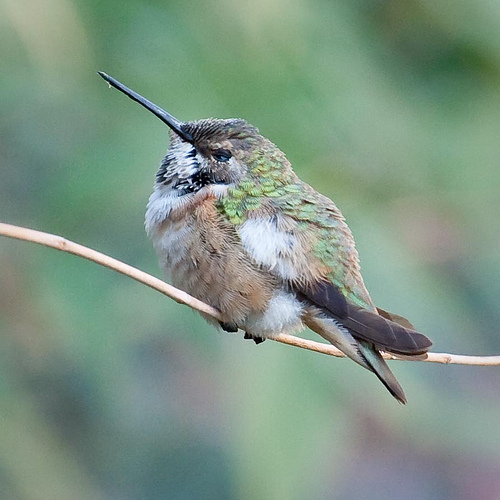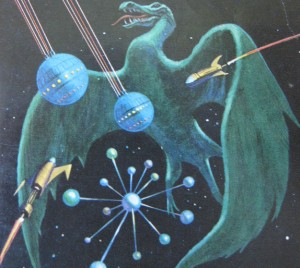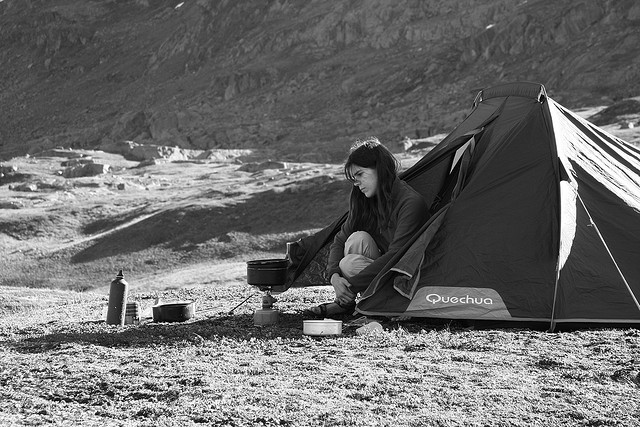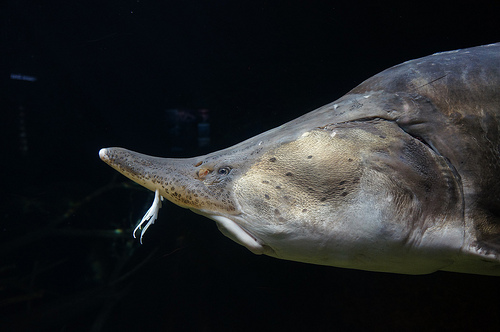 Even the dead kept watch. They sat upright in their graves, men and women, and faced the river, waiting, it seemed, for the waters to roil again with massive, steel-grey fish. The sturgeon, barbeled giants with rows of bony scutes down their backs, appeared each spring in Serbia’s Danube Gorge, after battling the current all the way from the Black Sea. The largest of these fish weighed more than a dozen men. The oldest of these Beluga sturgeon survived more than a century. Continue reading
Even the dead kept watch. They sat upright in their graves, men and women, and faced the river, waiting, it seemed, for the waters to roil again with massive, steel-grey fish. The sturgeon, barbeled giants with rows of bony scutes down their backs, appeared each spring in Serbia’s Danube Gorge, after battling the current all the way from the Black Sea. The largest of these fish weighed more than a dozen men. The oldest of these Beluga sturgeon survived more than a century. Continue reading
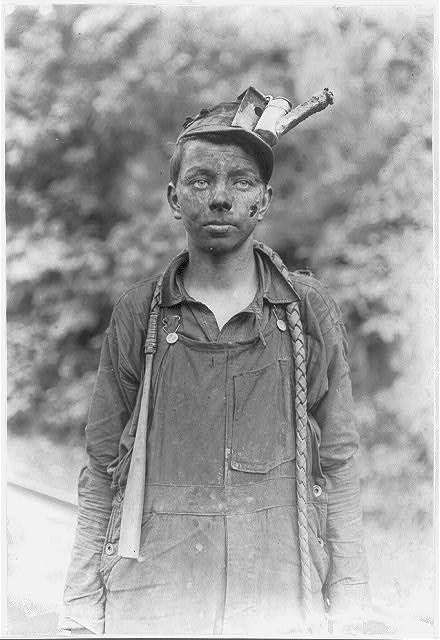 Earlier this year, during a reporting trip in West Virginia, I happened upon the tiny Watts Museum, a mining-history gallery tucked into West Virginia University’s sprawling Mineral Resources building. Its advertised exhibit, “Defying the Darkness,” detailed the history of mine illumination. Mine illumination? I pictured engineering blueprints and exhibit cases filled with switches and bulbs. I thought about going to the coffee shop instead. I wandered in, though, and after a few minutes realized that to many, mine lighting was — is — a matter of life and death.
Earlier this year, during a reporting trip in West Virginia, I happened upon the tiny Watts Museum, a mining-history gallery tucked into West Virginia University’s sprawling Mineral Resources building. Its advertised exhibit, “Defying the Darkness,” detailed the history of mine illumination. Mine illumination? I pictured engineering blueprints and exhibit cases filled with switches and bulbs. I thought about going to the coffee shop instead. I wandered in, though, and after a few minutes realized that to many, mine lighting was — is — a matter of life and death.
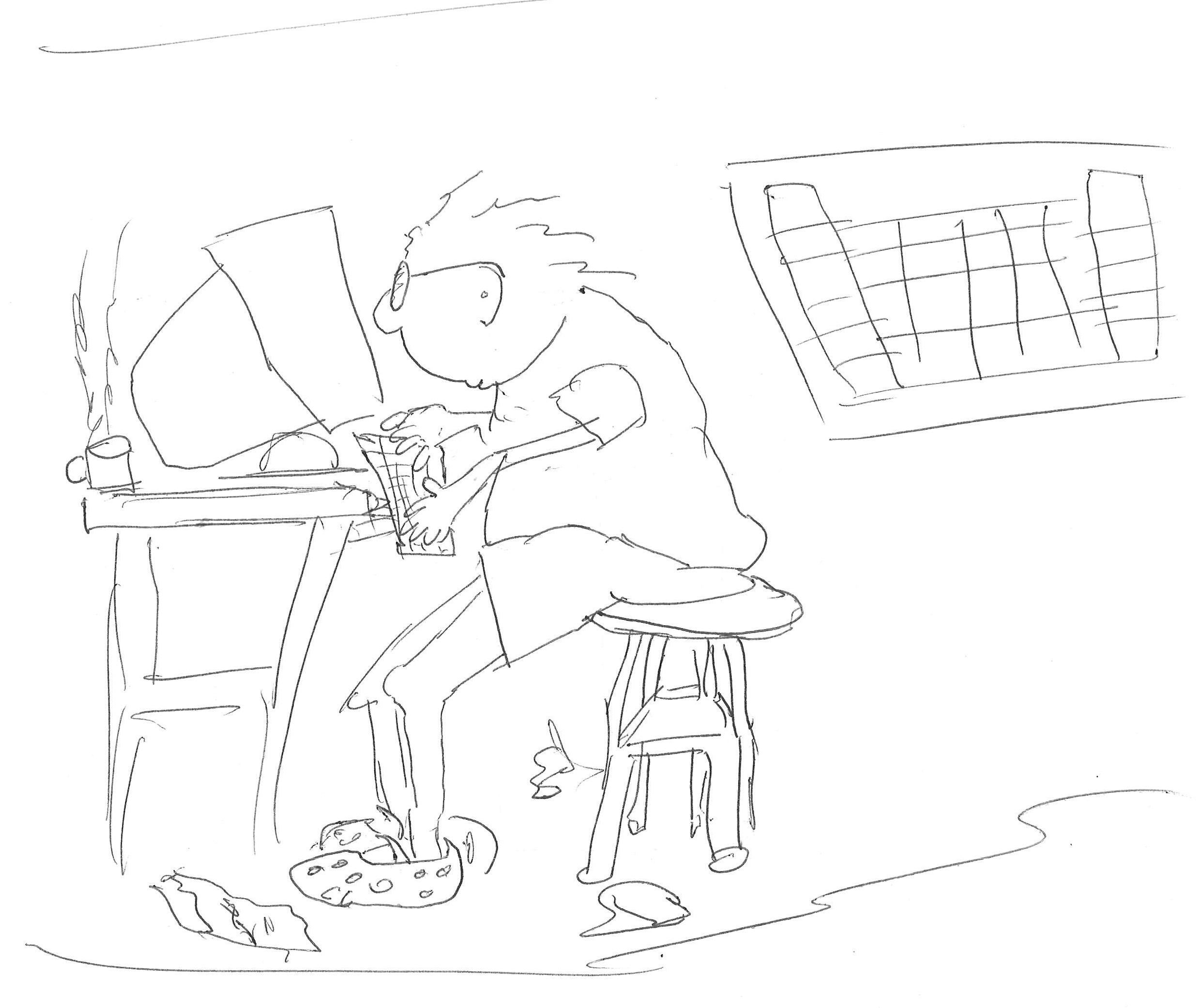
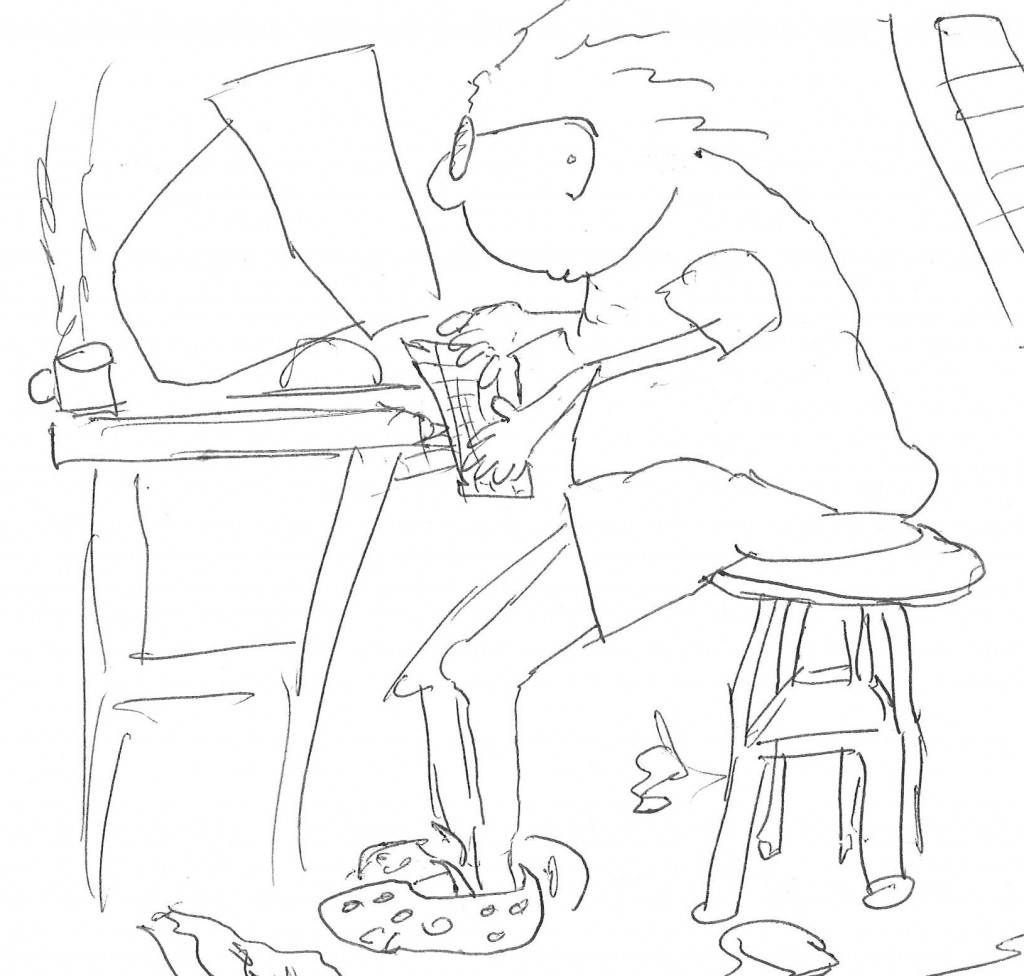 Who is a scientist? Well, there’s the reality. And that has been nicely documented recently under the #iamscience hashtag on Twitter. (Storify version of its origins here.)
Who is a scientist? Well, there’s the reality. And that has been nicely documented recently under the #iamscience hashtag on Twitter. (Storify version of its origins here.)
But then there are the perceptions. The preconceptions. The stereotypes. And because scientists are nearly as prone to mirror gazing as journalists are, it’s perhaps no surprise that there’s a robust literature on the public perception of scientists and their work. (Upshot: trustworthy but cold. And maybe a little weird.) Continue reading
It was the first day of spring, and I was on a mission—a fact-checking mission, to be exact. For the past three months, several American Museum of Natural History employees and I had been tracking a Rufous Hummingbird who had lost her way while migrating to Mexico and ended up at the museum, of all places. She’d made our patch of winter-blooming shrubs at the 81st Street entrance her home and had grown into a local celebrity. Some say she’s the first hummer to overwinter in New York. The perfect news hook, I thought, for the first day of spring.
I just had to make sure she was still there. We’d seen the bird regularly the previous week, and as part of the Editorial team, I’d been planning an article for the news blog weeks before that.
But as I approached her favorite spot on my walk to work that morning, I saw white puffs of smoke rise from the shrubs as roaring machines overpowered the shrieks of birds. The throat lump of those environmental destruction moments in FernGully, or Avatar, or The Lorax, or whatever, came. And I panicked.
You may have seen the extensive (and entertaining) press reaction days ago to a recent press release that cited Columbia University chemist Ronald Breslow taking liberties in his paper on the chirality of α-methyl amino acids. Breslow mentioned “advanced versions of dinosaurs,” who may live “elsewhere in the universe.” Gasp! The kicker? “We would be better off not meeting them.” Continue reading
This week, Ann does what put Ann on the map: she tells us about spy organisations and what they like to do in space. And then tells us about the citizen scientists who use binoculars, stopwatches and math to figure out what they’re up to up there.
With the help of a social ecologist marvellously named Peter Ditto, Christie explains why the truth doesn’t always win.
Ginny wonders whether there is a social limit on motherhood that won’t budge despite all the ways biology is being stretched by reproductive technologies.
After insisting that scientists eat, too, Cameron tells us the stories of cooking in the field, which are by turns fascinating (you can bake chocolate chip cookies in a gold pan!) and horrifying (two words: tuna balls).
And Tom introduces us to generation anthropocene, by way of explaining why his science writing students make him proud enough to “justify the outrageous necessity to leave one’s house — showered and presentable, no less — simply to earn a living.”
See you next week!
My culinary horizons started their slow expansion when I was 21 and wearing Carhartts so dirty that they could stand up by themselves. After a day spent measuring trees at a forest research station, the grad student I was working with had offered to make dinner. When I asked what I can do to help, he handed me a handful of green stuff.
It smelled sort of familiar. “What do I do with this, exactly?” I asked. He furrowed his brows at me—not unlike the expression he’d worn for most of the day as I mixed up Douglas and white fir.
But this time, he sounded more incredulous. “You don’t know what cilantro is?” Continue reading
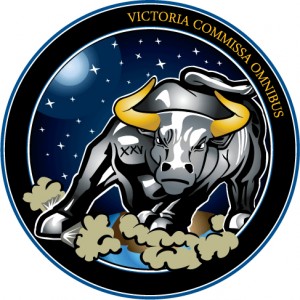 At 4:12 p.m., Pacific time, on April 3, 2012, the National Reconnaissance Office – the 50-year old spy satellite agency whose existence the government didn’t admit until 1992 – launched a “payload,” a classified radar satellite, NROL-25. The launch was webcast live but the NRO didn’t want to reveal sensitive information about the satellite’s eventual orbit, so it cut off the webcast after three minutes. Five hours later, a Canadian member of a loose group of amateur trackers watched the classified satellite pass overhead; then other trackers from Sweden, Russia, Scotland, and another Canadian watched it too. They calculated its orbit. The tracker from the Netherlands was clouded out and didn’t see it until April 5, but he photographed, then filmed it. The whole thing is up on the internet. Continue reading
At 4:12 p.m., Pacific time, on April 3, 2012, the National Reconnaissance Office – the 50-year old spy satellite agency whose existence the government didn’t admit until 1992 – launched a “payload,” a classified radar satellite, NROL-25. The launch was webcast live but the NRO didn’t want to reveal sensitive information about the satellite’s eventual orbit, so it cut off the webcast after three minutes. Five hours later, a Canadian member of a loose group of amateur trackers watched the classified satellite pass overhead; then other trackers from Sweden, Russia, Scotland, and another Canadian watched it too. They calculated its orbit. The tracker from the Netherlands was clouded out and didn’t see it until April 5, but he photographed, then filmed it. The whole thing is up on the internet. Continue reading
